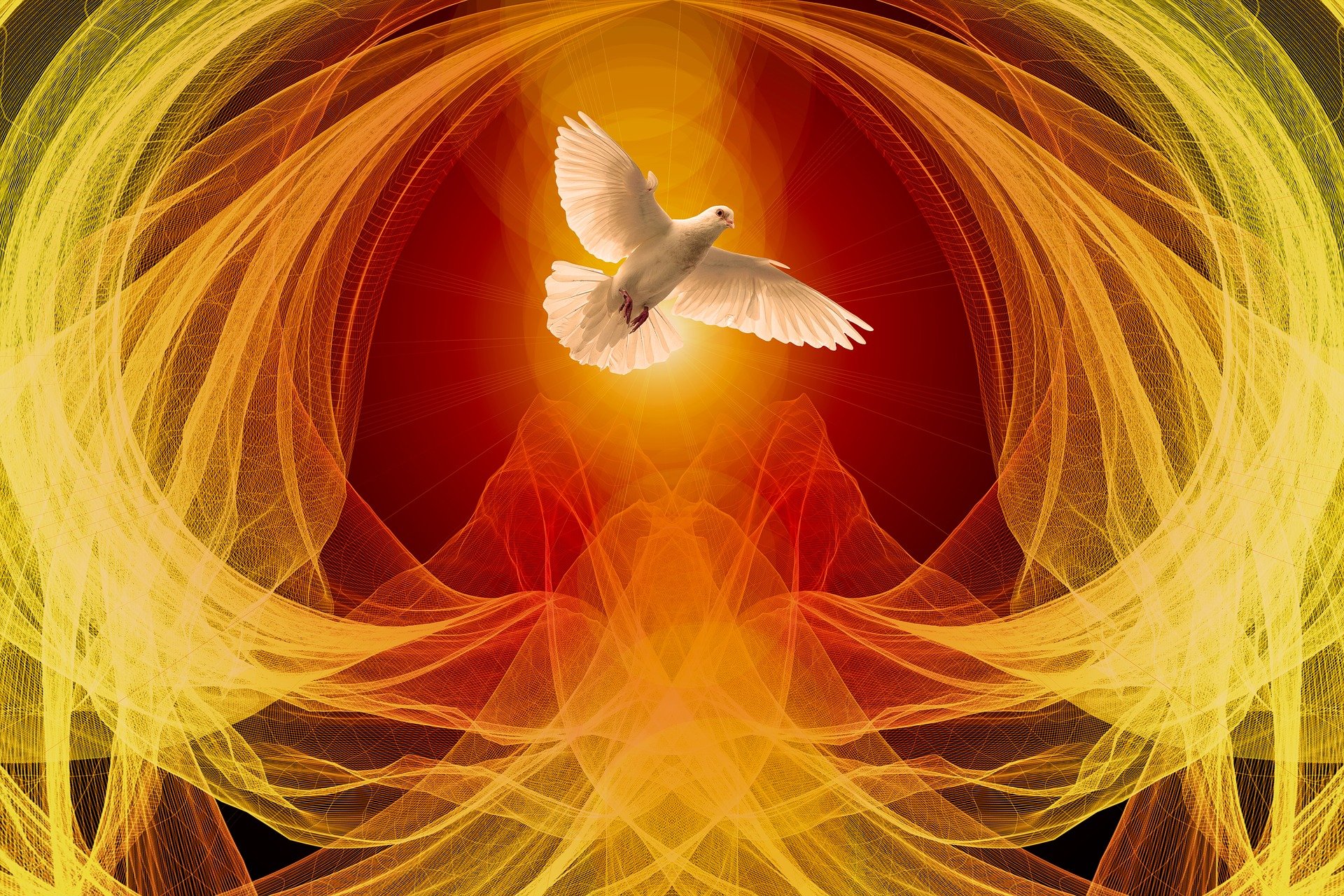The Catholic Church celebrates today the feast of Pentecost. Today marks the end of the 50-day Easter season. It also marks the origin of the Church.
In Christianity, the Feast of Pentecost concludes the 50-day Easter season that begins with Easter Sunday, which is also referred to by the Greek term “pentekoste” (the fiftieth). The third largest feast in the church year commemorates the sending of the Holy Spirit to the apostles of Jesus. It also represents the “birthday” of the Church. Closely connected with the feast of Pentecost is the sacrament of Confirmation.
The sacrament, which is considered a kind of rite of passage into adulthood, enjoys unbroken popularity in Austria. Throughout the country, around Pentecost – about 43,300 young people will be confirmed again this year in a little more than 1,230 confirmations, and thus the Holy Spirit will be communicated to them in abundance.
The roots of Pentecost go back to the traditions of Judaism. There it was first celebrated as one of the three main feasts of the year – the “Feast of Unleavened Bread,” the “Feast of Harvest” and the “Feast of the Harvest,” as reported in the Book of Exodus (Ex 23:14-17): Initially celebrated as a feast of the offering of the first fruits in the temple, the memory of the Exodus event, the exodus from Egypt, increasingly came to the fore. The timing, exactly 50 days after the Passover, goes back to a late development, probably from the 1st century BC. The name of the festival also refers to this: “Pentecost” comes from the Greek word “pentekoste” (the fiftieth).
The Christian roots of the feast lie in the Acts of the Apostles, where it is told that the Spirit of God descended on the disciples who had returned to Jerusalem for the Feast of Weeks after the death of Jesus: “Then suddenly there came from heaven a sound as of a violent storm, and it filled the whole house where they were. And there appeared unto them tongues as of fire, which were scattered abroad; and upon each of them one settled down.” (Acts 2:2-3)
The Spirit enabled the disciples, as Acts 2:4 says, “to speak in foreign languages as the Spirit inspired them.” The narrative elements used by Luke, the author of Acts, refer directly to the Old Testament events at Sinai. This makes clear the close connection to Jewish roots, as well as the connection between the Pentecostal miracle of language and the confusion of language at the Tower of Babel in the Old Testament (Gen 11:1-9).
The Pentecostal miracle of the sending of the Holy Spirit is usually depicted in the form of a dove descending on people. In rural areas, the feast of Pentecost is also celebrated as a spring festival, during which houses are whitewashed and birch twigs are placed on doors and windows.
- hp/picture: pixabay.com
This post has already been read 1403 times!



